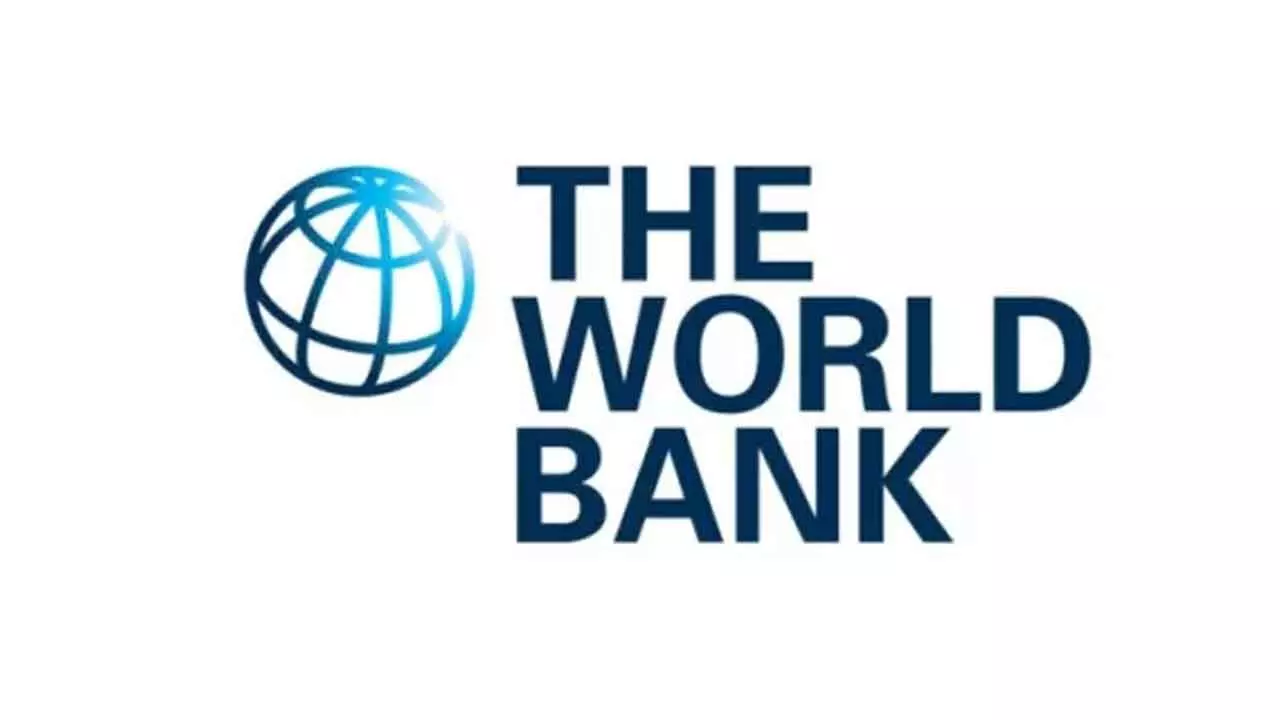Despite World Bank Boost To Modi Govt, It Has A Long Way To Go
Despite World Bank Boost To Modi Govt, It Has A Long Way To Go

The World Bank’s latest Poverty & Equity Brief is a thumbs-up to the Narendra Modi government at the Centre. It has been criticised for not being able to make growth inclusive; economists have been talking about K-shaped growth and rising inequalities. The Brief, however, said India has lifted 171 million people out of extreme poverty between 2011-12 and 2022-23. This isn’t just a minor victory; it is a transformative achievement that deserves applause. The numbers tell a compelling story. The share of Indians living below the extreme poverty line of $2.15 a day plunged from 16.2 per cent to just 2.3 per cent over the decade. Rural poverty, often the Achilles’ heel of development, fell from 18.4 per cent to 2.8 per cent, while urban poverty dropped to an impressive 1.1 per cent. Even more heartening is the narrowing of the rural-urban gap from 7.7 to just 1.7 percentage points—a sign that prosperity is slowly but surely moving beyond the metropolitan centers.
Using the broader $3.65 daily threshold for lower-middle-income countries, India’s poverty rate fell from 61.8 per cent to 28.1 per cent, lifting 378 million people out of hardship. For a vast and complex nation, such a progress is no small feat.
This should be a moment of celebration. It proves that sustained economic growth, targeted welfare schemes, digital empowerment, and rural outreach can indeed change lives at scale. Critics, who dismissed India’s development model as being ‘lopsided’, must now reckon with hard data that tell a different and more hopeful story. Yet, it would be naïve to think that its economic challenges have vanished. While poverty has fallen, jobs have not risen commensurately. Employment generation remains patchy, with much of the workforce trapped in low-wage, informal jobs. There is a need to not only create more jobs, but better jobs—ones that offer dignity, stability, and upward mobility. Without that, today’s gains could easily become tomorrow’s setbacks. Private investment, the engine of any thriving economy, also remains tepid. Despite a flurry of government initiatives, businesspersons are still cautious. The reasons aren’t hard to find: regulatory overhang, policy unpredictability, and global uncertainties continue to dampen investor sentiment.
Meanwhile, a growing number of wealthy Indians are packing their bags and moving abroad. The migration of high-net worth individuals signals underlying concerns about the country’s business climate, taxation policies, and prospects. If India’s best and brightest begin to lose faith in the system, it risks more than just capital flight—it risks an erosion of entrepreneurial energy. The claims about improvements in Ease of Doing Business, entrepreneurs still navigate a maze of permits, licenses, and bureaucratic hurdles.
Red tape must loosen, if not end, as real reforms have to go beyond optics and tackle these deep-seated structural inefficiencies. The Modi government can rightfully take pride in what has been achieved, but resting on laurels would be a grave mistake. If India aspires to become a $5-trillion economy—and more importantly, an inclusive one—it must address these lingering issues head-on. Poverty alleviation is just the beginning. The need of the hour is an ecosystem in which the animal spirits of entrepreneurship could be unleashed. Despite, the World Bank’s endorsement, the India story will be predicated upon bolder wealth creators, thriving businesses, and shared prosperity.

